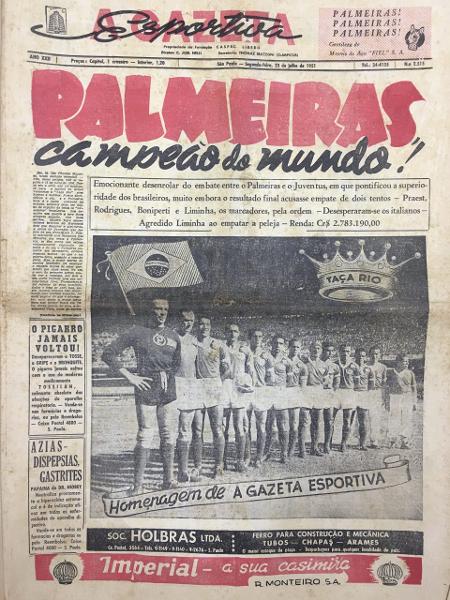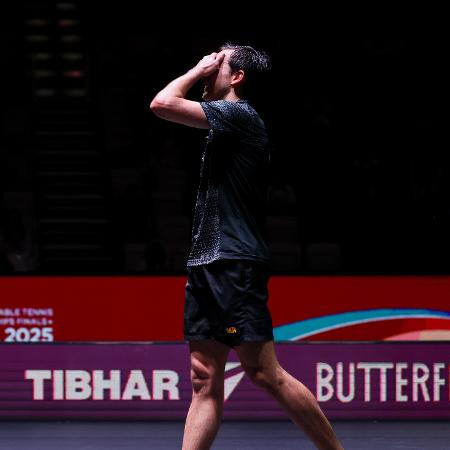Texto que relata acontecimentos, baseado em fatos e dados observados ou verificados diretamente pelo jornalista ou obtidos pelo o a fontes jornalísticas reconhecidas e confiáveis.
Quanto Palmeiras receberá se Manchester City vender Gabriel Jesus

O Palmeiras vai lucrar caso o Manchester City venda Gabriel Jesus na próxima janela de transferências, aberta em junho. Os ingleses querem 60 milhões de euros (R$ 324,5 milhões), e o Arsenal fez uma reunião interessado no atacante. Se o City receber esse valor desejado, o Verdão teria direito a cerca de 4,2 milhões de euros (R$ 23,1 milhões).
Isso porque o Palmeiras levaria uma fatia de aproximadamente 7,1%: o clube tem 5% dos direitos econômicos de Gabriel Jesus e mais 2,09% de mecanismo de solidariedade* , valor pago pela Fifa aos clubes formadores dos jogadores. O contrato com o City válido até junho de 2023 diminui as chances de uma negociação com altas cifras pela proximidade do término.
*Em 2020, a Fifa acrescentou um artigo no Regulamento de Status de Transferências dos Jogadores (RSTP, na sigla em inglês) que rende mais dinheiro aos clubes formadores em transferências futuras.
Considerando que Patrick de Paula custou ao Botafogo 6 milhões de euros por 50% dos seus direitos, o montante que o Palmeiras pode receber na venda de Gabriel Jesus é equivalente a uma negociação de impacto. O que pode também significar, inclusive, que o clube tenha menos pressa para negociar algumas das crias da Academia.
De olho numa vaga na Copa do Mundo do Qatar, Gabriel Jesus continua com moral com Tite, mas sabe que precisa jogar com maior regularidade na próxima temporada. Por isso, ele quer uma transferência em junho, desde que o acerto seja bom para todos os lados, numa saída amigável.
Veja mais sobre o tema no UOL News Esporte:

















ID: {{comments.info.id}}
URL: {{comments.info.url}}
Ocorreu um erro ao carregar os comentários.
Por favor, tente novamente mais tarde.
{{comments.total}} Comentário
{{comments.total}} Comentários
Seja o primeiro a comentar
Essa discussão está encerrada
Não é possivel enviar novos comentários.
Essa área é exclusiva para você, , ler e comentar.
Só s do UOL podem comentar
Ainda não é ? Assine já.
Se você já é do UOL, faça seu .
O autor da mensagem, e não o UOL, é o responsável pelo comentário. Reserve um tempo para ler as Regras de Uso para comentários.